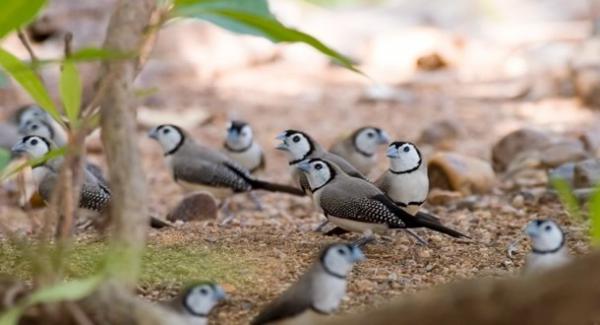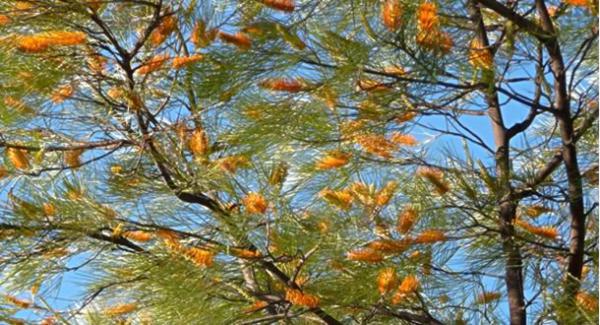Indigenous Weather Knowledge
04 August 2011
Australia's Indigenous people used their knowledge to create seasonal weather calendars. Instead of the four traditional European weather seasons, Indigenous weather calendars included up to seven seasons. This aspect of Australian meteorology is recognised in the Indigenous Weather Knowledge website, where you can view a growing list of seasonal calendars from Indigenous communities around the country.
Different tribal groups and communities studied and categorised weather over the Australian continent. They created calendars by closely studying the natural environment and changes in flora, fauna and climate. Traditional culture and dreamtime spirituality also played a large role in this development. Calendars have been passed down over thousands of years of ancestral generations within Indigenous communities throughout Australia.
A collaborative website
The website is a platform for the education and preservation of our Indigenous people's relationship with the environment, weather and climate. It was a collaboration between Indigenous communities, the Aboriginal and Torres Strait Islander Commission, the Bureau of Meteorology and Monash University's Centre for Australian Indigenous Studies and School of Geography and Environmental Science.

Niyini: the Double-barred Finch is a small bird native to northern and eastern Australia. The presence of the bird is viewed as an indicator of the existence of areas of water during dry season.

Gali-Galing (Grevillea pteridifolia): the Fern-leaf Grevillea is a plant native to Australia. It is most commonly found in Western Australia, Northern Territory and Queensland. When the tree blossoms bright orange flowers, it indicates the cold season is here.


Comment. Tell us what you think of this article.
Share. Tell others.